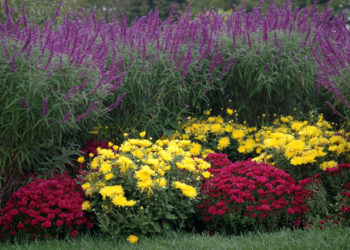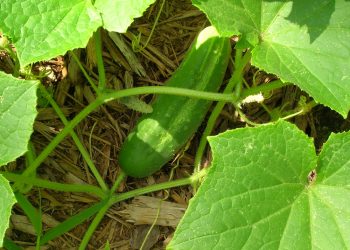 Here are some easy tips for growing wildflower Amsonia plants: Amsonia plants prefer moist, well-draining soil rich in organic matter, but they do well in most garden soil. Dry conditions will stunt growth, so in drier areas, plant Amsonia in semi-shade. Indoors, grow in a soil-based potting mix. Put Amsonia in bright light, and water freely. Fertilize every two weeks during active growth. In winter, just keep moist. Repot in spring.
Here are some easy tips for growing wildflower Amsonia plants: Amsonia plants prefer moist, well-draining soil rich in organic matter, but they do well in most garden soil. Dry conditions will stunt growth, so in drier areas, plant Amsonia in semi-shade. Indoors, grow in a soil-based potting mix. Put Amsonia in bright light, and water freely. Fertilize every two weeks during active growth. In winter, just keep moist. Repot in spring.
Description: These eye-catching perennial plants are low maintenance. Amsonia plants are drought-tolerant but will also tolerate wet soil. These plants grow 1-4 ft. tall and 1-4 ft. wide. The pretty, light blue, star-shaped flowers peak in mid- to late spring. In the fall, the feathery green leaves turn a beautiful, butterscotch-yellow color.
Common Name(s): Thread-leaf Blue Star; Blue Star
Origin of Amsonia (am-SO-nee-uh): Some types are native to North America; also found in Southern Europe and Japan.
Propagation possible three ways: root division (in April/May); by seed collected in late summer and planted in Feb/March of following year; stem cuttings (in March/April).
USDA Zones: 3-11
Sun Needs: Full sun to partial shade
Maintenance: Low. After flowering, cut stems of Blue Star plants back by 6 in. to keep these perennials upright and in a mound shape. Remove seedpods to stop Blue Star plants from self-seeding.
Display: Containers, borders, rock gardens
Companion Plants: Purple coneflower, Peonies, Iris, Speedwell
Diseases: No serious diseases
Fertilizer Needs: Slow-release feed in spring, then use nutrient-rich organic mulch
Color: Sky blue
Wildlife Value: Deer resistant; attracts butterflies
Health Risk/Bonus: Amsonia plants have a latex-based milky sap that may irritate sensitive skin. This sap will keep slugs and snails away.





No Comments